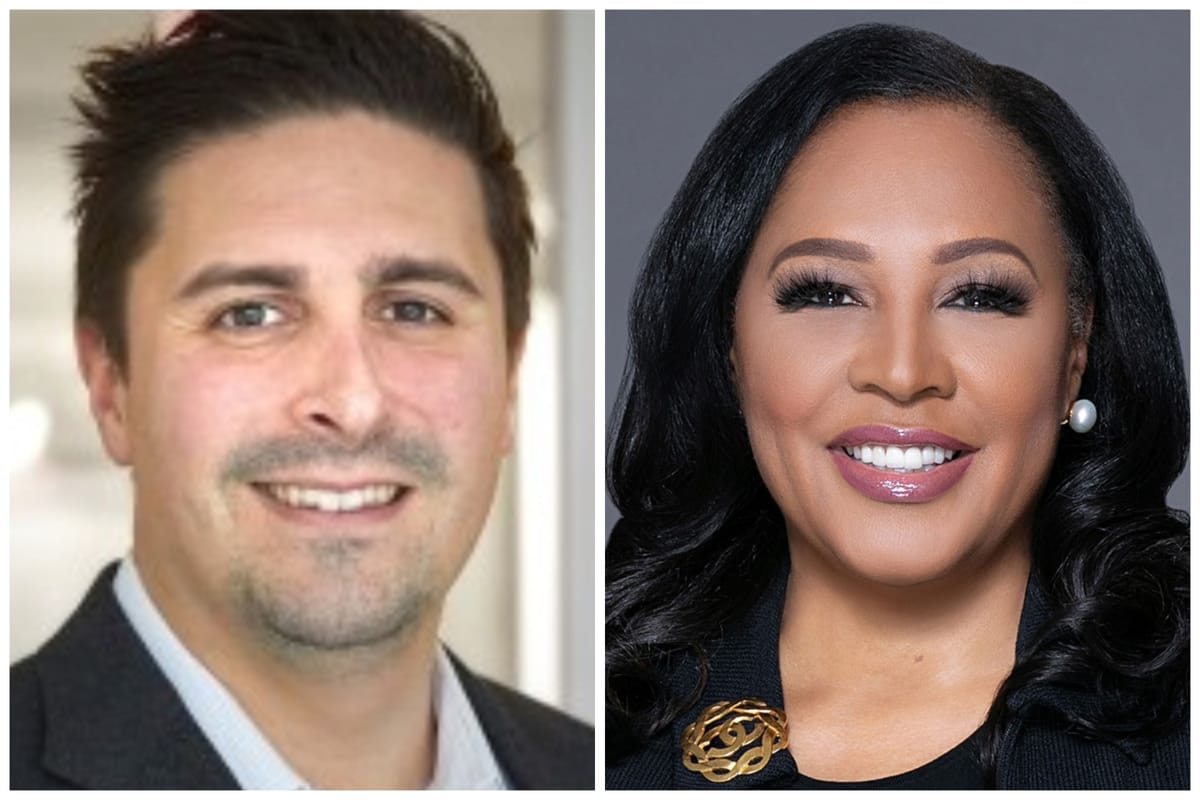Keeping Low-Income Families and Veterans Online is a National Priority
Roughly 35 million Americans lack home broadband internet.

The digital age is in full swing. The Internet is not just an aspect of our economy, it’s fully integrated into it. In other words, there’s not one economic vertical that isn’t fueled by Internet-enabled tech. Everything, from applying for jobs to educating our kids to ordering groceries,is now done almost completely online.
But we have a real problem.
Too many still live on the wrong side of the digital divide. At the end of 2021, only 89.3% of Americans—116 million out of 129.9 million households—had broadband Internet access at home. That’s roughly 35 million Americans without home broadband.

Adults on the wrong side of the digital divide cannot access remote education (primary, secondary, collegiate, or continuing), learn of and apply for employment opportunities, conduct a video visit with their physician, or digitally connect to loved ones that live far away (or even read their child a bedtime story when traveling or on the job).
Making this matter even more concerning, access to broadband is a key indicator of economic opportunity. We now know a lack of broadband can perpetuate the cycle of poverty. This is especially true for those in historically underrepresented groups. Studies have shown that, without broadband, Black and Hispanic communities are likely to be underprepared for 86% of the jobs that will be available by 2045. The problem is exacerbated by the fact that most educational online tools, such as remote tutoring sessions, online tutorials, research platforms, and even daily homework assignments, are simply out of reach without access to broadband services.
Worse still, low-income communities are more than four times as likely as wealthy neighborhoods to lack high-speed fixed broadband access. And adoption rates show the stark difference: Until recently, 92% of high-income households had adopted broadband at home compared to only 57% of those making less than $30,000.
The good news is that we have a program that is closing this crucial gap.
As part of the bipartisan Infrastructure Investment and Jobs Act, Congress allocated $14.2 billion to the Federal Communications Commission to create a voucher program aimed at closing the digital divide for American families, seniors, and veterans. It’s called the Affordable Connectivity Program. That program offers consumers a $30 per month discount toward Internet service for most eligible households and enrollees can receive a one-time discount of up to $100 to purchase a laptop, desktop computer, or tablet from participating providers.
Here’s the thing—the program is working. Not only have more than 23 million American households enrolled in the program, but over 20 percent of those households did not have Internet access before the ACP’s implementation—that’s more than 11 million people who now have home broadband that didn’t back in 2021. This is an incredible feat and empirically contradicts the argument that folks “simply don’t want broadband.”
This is by far the most effective broadband adoption program we have, especially among veterans and senior citizens. The ACP provides more than 1 million veteran families the necessary assistance to obtain broadband services that they can use to make telemedicine appointments. Even more impressive, 4.4 million enrollees are above the age of 65 and another 5.8 million are ages 50-64.

The ACP empowers consumers to decide on the services they want from the provider of their choice. So it’s no wonder the ACP is widely popular among voters across the political spectrum. New polling shows that the ACP continues to be overwhelmingly popular among Republican, Democratic, and Independent voters alike. Among Independents, the margin of support for ACP has jumped from 40% to 56% over the last year. And 74% of seniors want Congress to fund the program too.
The Affordable Connectivity Program is in jeopardy
The problem is that the ACP is in jeopardy. Funding will run out next month unless Congress passes legislation to continue funding. This means that 23 million low-income families and veterans will face significantly higher broadband bills in May and many may have to drop home broadband altogether.
In a world of political gridlock, ACP enjoys bipartisan support in Congress. Democratic Sen. Peter Welch and Republican Sen. J.D. Vance have advanced a bill to replenish the program. Better yet, it has a companion bill in the House cosponsored by New York Democratic Rep. Yvette Clarke, Pennsylvania Republican Rep. Brian Fitzpatrick, and New York Republican Rep. Mike Lawler. This is doable!
We urge you to tell Congress to act now to reauthorize funding and preserve this overwhelmingly necessary and popular program. Millions of Americans deserve the ability to participate in our digital present and future.
Joel Thayer is president of the Digital Progress Institute and an attorney based in Washington, D.C. The Digital Progress Institute is a nonprofit seeking to bridge the policy divide between telecom and tech through bipartisan consensus.
Kim Keenan is a founding director of the Digital Progress Institute and a nationally-recognized attorney and mediator/arbitrator. She is a former General Counsel and Secretary of the National Association for the Advancement of Colored People. This piece is exclusive to Broadband Breakfast.
Broadband Breakfast accepts commentary from informed observers of the broadband scene. Please send pieces to commentary@breakfast.media. The views expressed in Expert Opinion pieces do not necessarily reflect the views of Broadband Breakfast and Breakfast Media LLC.












